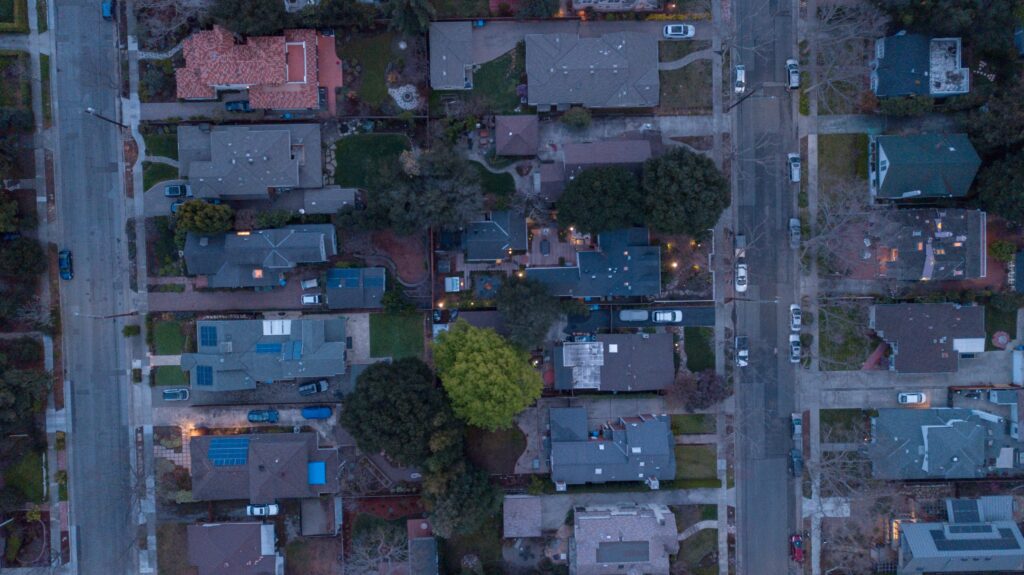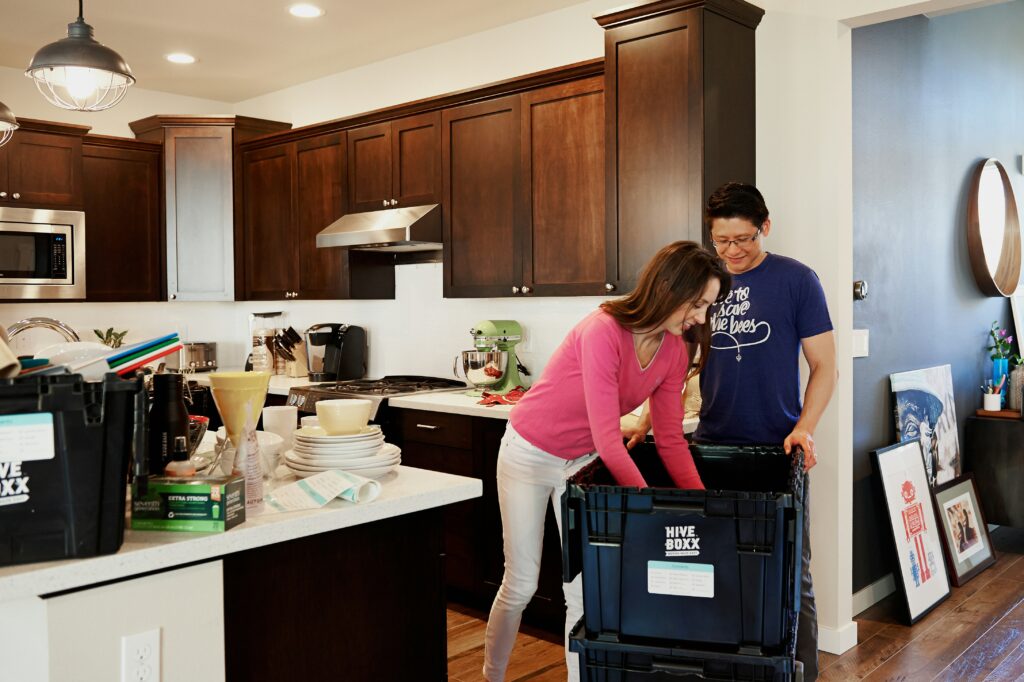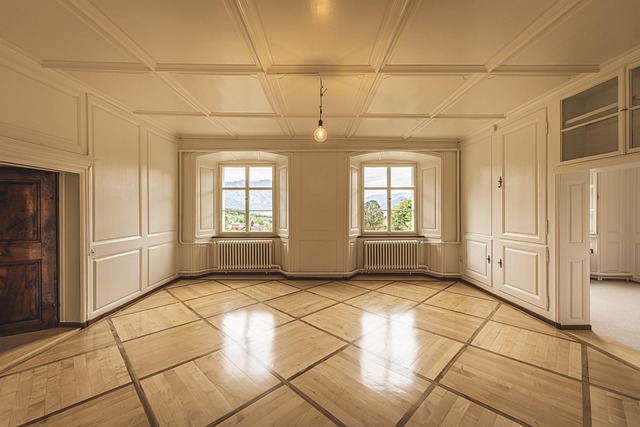Buyer behavior didn’t just shift after 2020—it cracked wide open. The pandemic left permanent marks on what people value and how they live. Space, flexibility, and quality of life became non-negotiables almost overnight.
Remote work was the big trigger. With fewer people tethered to offices, homebuyers started optimizing for lifestyle instead of commute times. That’s why the old urban vs. suburban debate is fading. It’s no longer about ZIP codes—it’s about what your home enables. Bigger kitchens, home offices, green space, walkable neighborhoods with some breathing room. Those matter more today than a downtown skyline.
People aren’t just buying homes now—they’re buying time, autonomy, and everyday comfort. Whether it’s a townhouse with a garden or a mountain cabin with fiber internet, the new demand is ruled by how life actually feels in the space, not just where the pin drops on a map.
Location still matters—but not how it used to. In 2024, proximity to work is less about shaving minutes off a commute and more about being in a flexible hub. With hybrid and remote schedules sticking around, vloggers and digital creatives are choosing neighborhoods that blend livability with accessibility.
Urban cores are seeing a resurgence, but it’s not just about status. It’s about culture, walkability, and living close to what you actually do after 6 PM. Coffee spots that double as coworking hangouts, local art scenes, late-night ramen dives—it all factors in.
Downsizing is also no longer code for compromise. Many vloggers are leaning into smaller apartments in mixed-use buildings with better-than-basic amenities: rooftop studios, smart gyms, easy-to-access gear rentals. It’s about living smart in less square footage while getting more in return.
Vertical living is part of the appeal too. High-rises with built-in markets, music lounges, or podcast booths don’t just serve convenience—they build community. Creators aren’t just filming in their spaces—they’re feeding off the spaces around them.
Space, affordability, and privacy aren’t going out of style. Even as city life tries to pull people back in, plenty of vloggers—and their audiences—are leaning hard into suburbia and beyond. The pandemic-era migration might’ve slowed, but it didn’t reverse. Creators are still finding fertile content grounds in the lifestyle shift that comes with more room, quieter streets, and homes that don’t come with sky-high rent.
Enter the rise of “15-minute suburbs”—new and upgraded neighborhoods where grocery stores, gyms, cafes, and schools sit just a walk or quick bike ride away. This has become a sweet spot for homebuyers who want the spacious perks of suburbia without the isolation. Add to that better infrastructure, good school zones, and a safer environment, and it’s easy to see why these areas are becoming content goldmines for vloggers covering home life, family routines, and work-from-home setups.
Remote work isn’t just a perk anymore—it’s a filter. Viewers who live that lifestyle want insights into small-town fiber optic speeds, local coworking vibes, or the tradeoff between a longer drive and a bigger backyard. Vloggers who speak directly to that remote-first audience are finding devoted, high-intent followers who stick around because the content mirrors their actual life.
It’s not just a real estate play—it’s a storytelling edge that feels grounded in the real world.
Home Price Trends and Migration Patterns in 2024
Urban vs. suburban home prices are telling two different stories this year. Urban markets, especially in tech-heavy cities, are seeing price stabilization after years of volatility. Some are even dipping slightly as remote work continues to chip away at the demand for downtown living. Meanwhile, suburban home prices remain firm—or rising—thanks to steady family migration, better space-to-cost ratios, and upgrades in work-from-home infrastructure.
Inventory is tight all around, but it’s tighter in the suburbs. Listings in metro peripheries are spending fewer days on the market, pointing to sustained buyer interest. In urban cores, inventory is a bit looser, and homes are sitting longer, especially condos.
As for who’s going where—Millennials with growing families are heading for second-ring suburbs, chasing square footage and school districts. Retirees are showing interest in mid-sized regional cities, trading big metros for walkability without chaos. Gen Z? They’re still testing flexibility: small city rentals, coliving in satellite markets, or bouncing between short leases in up-and-coming zones with the occasional remote gig.
Regionally, the Sun Belt remains hot. Austin, Raleigh, Tampa—these are magnets for all age groups, with job growth and mild climates driving demand. Meanwhile, high-cost coastal metros like San Francisco and NYC are seeing more churn than growth, as affordability keeps pushing movement outward.
Buying behavior is shifting with it. Vlogging real estate pros and lifestyle movers are jumping on this—with local market updates, area comparisons, and cost-of-living breakdowns becoming strong content hooks for niche audiences.
Spaces That Work Harder: What Today’s Vloggers Want
As the line between living and filming blurs, creators are rethinking their environment. Outdoor space, dedicated home offices, and flex rooms are no longer luxuries—they’re the new must-haves. Need a quiet place to record voiceovers? Flex room. Catching natural golden hour lighting? Outdoor patio. Editing for hours? A home office with decent ergonomics makes a difference.
Tech, naturally, plays a role. Fiber internet is more important than freeway access. More vloggers are choosing where they live based on workflow needs, not traditional job commutes. Proximity to creative settings—coffee shops, parks, offbeat architecture—can outweigh being near a central business district.
It’s also a lifestyle call. Some are trading high cost, high convenience cities for places with better lighting, less noise, and more square footage. Others lean into dense urban areas where content practically writes itself. No matter the choice, the trend is clear: where and how creators live is now directly tied to the kind of content they make—and how often they can make it.
The Money Side: Markets, Costs, and Community Fit
Location still rules the game—but not just for scenery. Financing a vlog-friendly life looks wildly different across markets. In some regions, creators get access to low-interest rates or government-backed loans for content-driven startups. In others, it’s pure hustle, especially where banking systems don’t play nice with digital careers. If you’re going global—or even cross-country—you’ll want to look closely at how each place treats self-employed creatives.
Resale value of gear, studio space, or even a tricked-out van (for the mobile crowd) also varies. In some spaces, you can recover most of what you put in. In others, it’s a sunk cost. That matters when you’re budgeting long-term or thinking about shifting formats.
Then there’s day-to-day cost of living. Production takes a backseat if half your income disappears into rent and electricity. Taxes, utilities, healthcare—they eat into creative freedom more than many creators expect. Choosing a high-value, mid-cost base can keep you in the game longer.
Finally, don’t ignore lifestyle and community. Some cities have built-in collab cultures or plug-and-play support systems. Others? Not so much. Burnout hits harder when you’re isolated. Your environment affects your creativity, motivation, and resilience—quietly, but powerfully. Choose your ground wisely.
How Seasonality Affects Options and Prices
Real estate is a year-round game, but the rules change with the weather. Spring and early summer tend to be the hottest markets—more listings, more competition, and generally higher prices. That’s when sellers flood the market and buyers come out in full force. Great if you want options, not so great if you’re hunting for a deal.
Fall brings more breathing room. Listings slow, bidding wars ease up, and some sellers get motivated to close before year-end. Winter? It’s lean, but not useless. Less inventory, yes—but serious sellers and better prices can be found if you’re patient.
Timing also shifts by property type and location. A ski cabin in Colorado hits peak demand in late summer. A beach house in Florida? Think early spring listings. Urban studios move faster in September as people reshuffle for jobs and school openings.
If you want to sync your search with market rhythms, plan ahead—and be ready to move fast when the season’s right. For a deeper breakdown, check out Seasonal Real Estate Trends – When’s the Best Time to Buy?.
There’s no cookie-cutter answer when it comes to buying a home. The best choice depends on your life stage, career path, personal goals, and how much risk or flexibility you can handle. A flashy downtown condo might work for someone chasing convenience and nightlife. A quiet fixer-upper in the suburbs might make more sense for those looking long-term and craving space.
That’s why alignment matters. You’re not just buying four walls and a roof—you’re choosing a base for the next few chapters of your life. If your goal is to plant roots, prioritize stability. If you expect job shifts or want to keep options open, go for flexibility—even if it means renting a little longer or choosing a smaller starter home.
The key: know your non-negotiables. Maybe it’s location. Maybe it’s not having a landlord. Figure out what can’t bend—and then get honest about the parts that can. A good decision here isn’t about keeping up with anyone. It’s about being informed, intentional, and playing your own long game.




